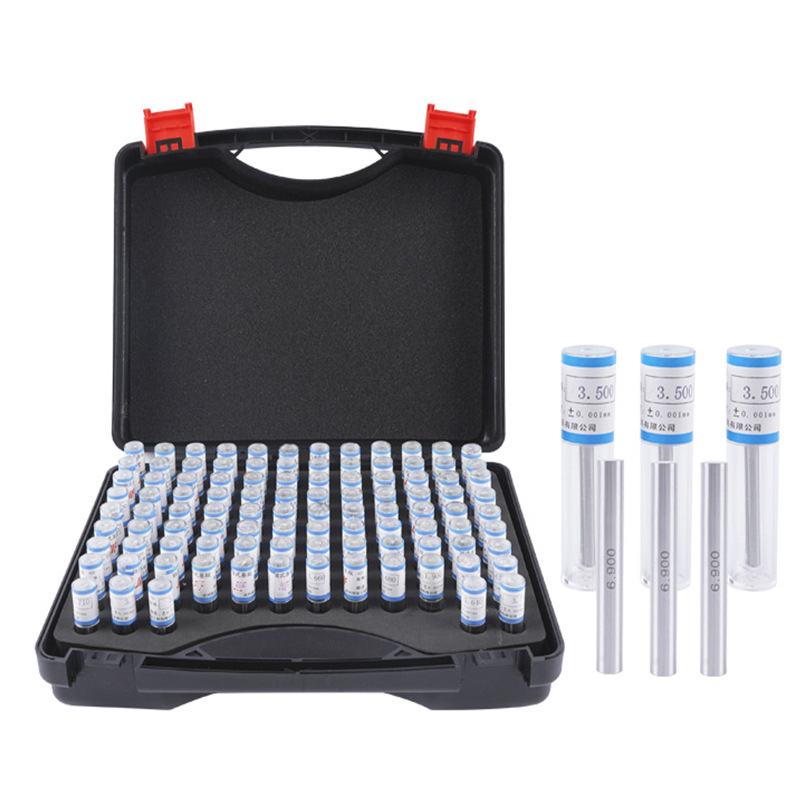Dhj . 12, 2024 09:56 Back to list
ball bearing check valve
Understanding Ball Bearing Check Valves Design, Function, and Applications
Check valves are essential components in various fluid systems, allowing flow in one direction while preventing backflow. Among the different types of check valves available, ball bearing check valves stand out due to their unique design and functionality. This article delves into the mechanics of ball bearing check valves, their construction, operating principles, and applications across different industries.
What is a Ball Bearing Check Valve?
A ball bearing check valve is a type of non-return valve that utilizes a ball as the closing mechanism. This design allows for quick sealing and reliable performance. The basic construction comprises a valve body with inlet and outlet ports, a spherical ball that serves as the closure element, and a seat for the ball to rest against. Unlike traditional flap-style check valves, which rely on a hinged mechanism, ball bearing check valves benefit from the weight and shape of the ball to create an effective seal.
How Do Ball Bearing Check Valves Work?
The operating principle of a ball bearing check valve is straightforward yet effective. When fluid flows in the intended direction (towards the outlet), the pressure of the fluid pushes the ball away from its seat, allowing for uninterrupted flow. Conversely, if the fluid attempts to flow backward, the ball is pushed back onto the seat, blocking the flow and preventing reverse movement.
This self-activating mechanism is what makes ball bearing check valves highly effective in applications where preventing backflow is crucial, such as in pumping systems, hydraulic circuits, and various other water management tasks.
Advantages of Ball Bearing Check Valves
One of the significant advantages of ball bearing check valves is their quick response time. Because the ball can move freely and quickly within the valve body, there is minimal lag in closing when backflow is detected. This responsiveness is especially beneficial in high-speed systems where fluid dynamics demand immediate action.
Additionally, ball bearing check valves are relatively low-maintenance. With fewer parts compared to other check valve designs, there are fewer components that can wear out or require replacement. Their robust construction also provides good durability, making them suitable for high-pressure and high-temperature applications.
ball bearing check valve

Another important feature is the ability to operate in various orientations. Unlike some check valves that require specific installation positions, ball bearing check valves can function effectively regardless of how they are mounted, providing flexibility in design and installation.
Applications of Ball Bearing Check Valves
Ball bearing check valves are widely used across several industries, including
1. Water and Wastewater Management These valves are commonly found in pumping stations and pipelines, preventing backflow that can lead to contamination and inefficiency.
2. Oil and Gas In oil refineries and gas distribution systems, ball bearing check valves ensure that flow direction is maintained, safeguarding equipment from reverse flow that could cause damage or safety hazards.
3. HVAC Systems In heating, ventilation, and air conditioning systems, these valves help maintain proper flow direction in fluid transport mechanisms, enhancing the overall efficiency of the system.
4. Food and Beverage Industry Due to their reliable sealing properties and low maintenance needs, ball bearing check valves are used in food processing to prevent contamination and ensure fluid integrity.
5. Pharmaceuticals Precision and cleanliness are paramount in pharmaceutical manufacturing, making ball bearing check valves an ideal choice for preventing reverse flow and maintaining system integrity.
Conclusion
Ball bearing check valves are integral components in many fluid systems, providing reliable backflow prevention and ensuring the efficiency of operations. Their simple yet effective design, combined with their advantages in speed, maintenance, and versatility, makes them a favored choice across various industries. As technology advances, the continued development and refinement of check valve designs, including ball bearing types, will likely enhance their performance and broaden their applications, solidifying their role in critical fluid management processes.
-
thread-plug-gauge-our-promise-of-measurement-excellenceNewsAug.22,2025
-
gauge-pin-class-reflecting-quality-legacyNewsAug.22,2025
-
check-valve-types-for-high-rise-buildingsNewsAug.22,2025
-
water-control-valve-for-irrigation-systemsNewsAug.22,2025
-
gate-valve-with-soft-seal-technologyNewsAug.22,2025
-
y-type-strainer-for-oil-and-gas-applicationsNewsAug.22,2025
Related PRODUCTS









